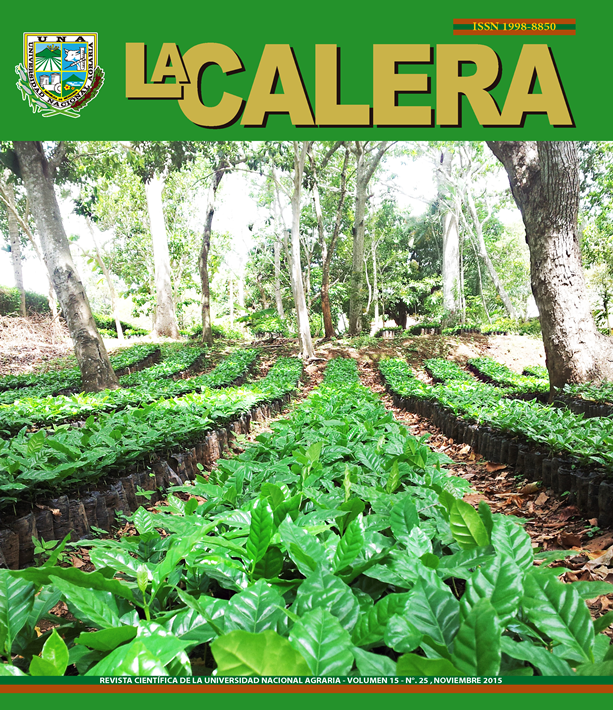Current status of weed science in Nicaragua
Keywords:
malas hierbas, control de malezas, medidas fitosanitarias, normas técnicas, protección de plantasAbstract
In Nicaragua, the study of the weeds, important components of the agro ecosystem, has been neglected to a second place. In the period comprised between August and September 2010, a study was conducted aimed to update the information on weed science in Nicaragua. The research was transversal; the information was obtained through document analysis and interviews with key stakeholders from state institutions, leaders of regional institutions, producer associations and academia. The results show that most of the farming systems in Nicaragua are affected by weeds presence, in which there is predominance of conventional management practices that promote greater weeds infestation. Thirteen weed species are considered highly problematic in Nicaraguan agriculture, and thirteen as very problematic. The weed management practice used by small farmers is manual control, with the use of light tools and manual pulling. Medium and large farmers use herbicides which include paraquat, glyphosate and 2,4-D, some of them restricted in many countries. In the last ten years there has been an increase in the use of herbicides, existing farming systems such as rice, sorghum, sugar cane, coffee and oil crops (soybean, peanut and sesame) that depend on them to control weeds. According to the informants, few professionals are working in weed science, as well as there are few programs and ongoing research projects that consider the subject. Information on aquatic weeds and biological control practice are nonexistent, and few seed certification programs fulfill established standards of a particular weed management to not affect the seed quality. Nationally there are regulatory or policy documents on weeds, as well as international agreements or treaties subscribed by the country, which influence the management options of these plants.
Downloads
Metrics
References
Alemán Z, F. 2000. Studies on bean—maize production systems in Nicaragua. Doctoral thesis. AGRARIA. 239. ISSN 1401-6249, ISBN 91-576-5788-2
Aleman, F. 2001. Common bean response to tillage intensity and weed control strategies. Agronomy Journal 93: 1-7.
Altieri, MA.1983. Agroecology. The scientific basis of alternative agriculture. Berkerley, California. 162p.
Aguilar, V. 2001. Selective weed and ground cover management in a coffee plantation with shade trees in Nicaragua. Doctoral thesis. AGRARIA. 269. ISSN 1401-6249, ISBN 91-576-5799-8
Dinarte, S; Staver, Ch; Aker,Ch; Sarria, M; Martinez, R. 1993. Labranza en seco para el control de Cyperus rotundus L. en campos de agricultores. Nota Técnica. Agronomía Mesoamericana 4: 53-57.
Hart, R. 1985. El subsistema malezas, en Agro-ecosistemas, Conceptos Básicos. CATIE. Turrialba, Costa Rica. P. 103 - 110.
Staver, Ch. 1991. La labranza en seco para el control de Cyperus rotundus en el occidente de Nicaragua: el efecto de método de labranza y tiempo de exposición. CATIE, Turrialba (Costa Rica). Programa I: Mejoramiento de Cultivos Tropicales.












